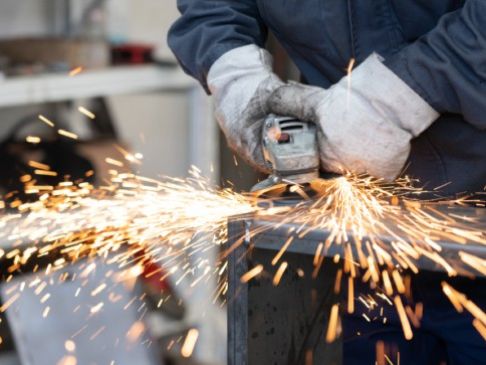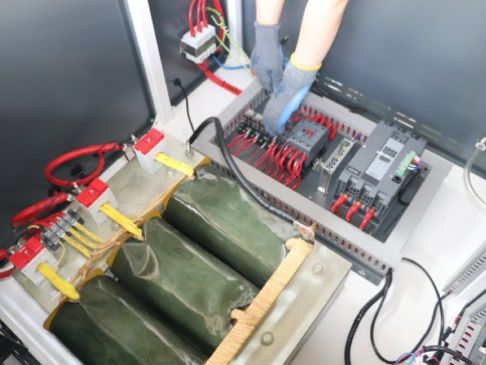Time:
INDUSTRIAL FURNACE ATMOSPHERE CONTROL
The atmosphere in industrial furnaces can either encourage or prevent chemical reactions. When the industrial furnace atmosphere acts as a carrier, it reacts with the surface of the metal being treated to create an environment that supports the processes like hardening.
When the atmosphere plays a protective role, it prevents the material being treated from reacting with harmful elements. If the atmosphere is not closely monitored and controlled, unwanted chemical reactions could leave the parts produced unsuitable for their intended purpose. Furnace atmospheres are made up of either hydrogen, inert gases like argon, nitrogen or helium or endothermic gas mixtures.
Ferrous Steam Treated ComponentsInert atmospheres are protective, and they are used in industrial furnaces when chemical reactions like decarburization or oxidation must be avoided. Inert atmospheres allow furnace environments to be controlled with great precision during processes like sintering and hot isostatic pressing, which leads to extremely clean and consistent parts. Nitrogen, helium and argon are the gases most commonly used to create an inert industrial furnace atmosphere.
Related News

ndustrial furnaces are used globally for a wide range of applications. As the selection of applications grew, different types of furnaces were developed to keep up with demands.
ASHING FURNACES
Ashing furnaces are used to determine the amount of ash that forms after a sample is burned. Typical materials used as samples in ashing furnaces are petroleum products, lubricating oils, and coal.

Our furnaces can be used in high-temperature tempering, annealing, quenching and other
Get A Free Quote
Submit Request